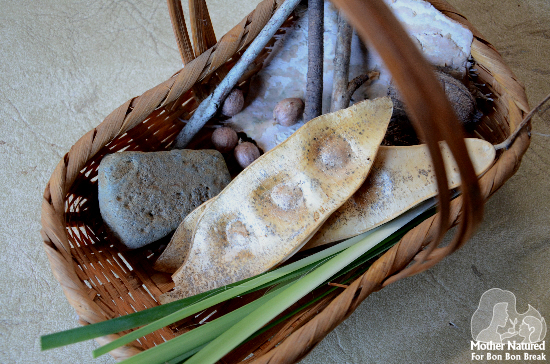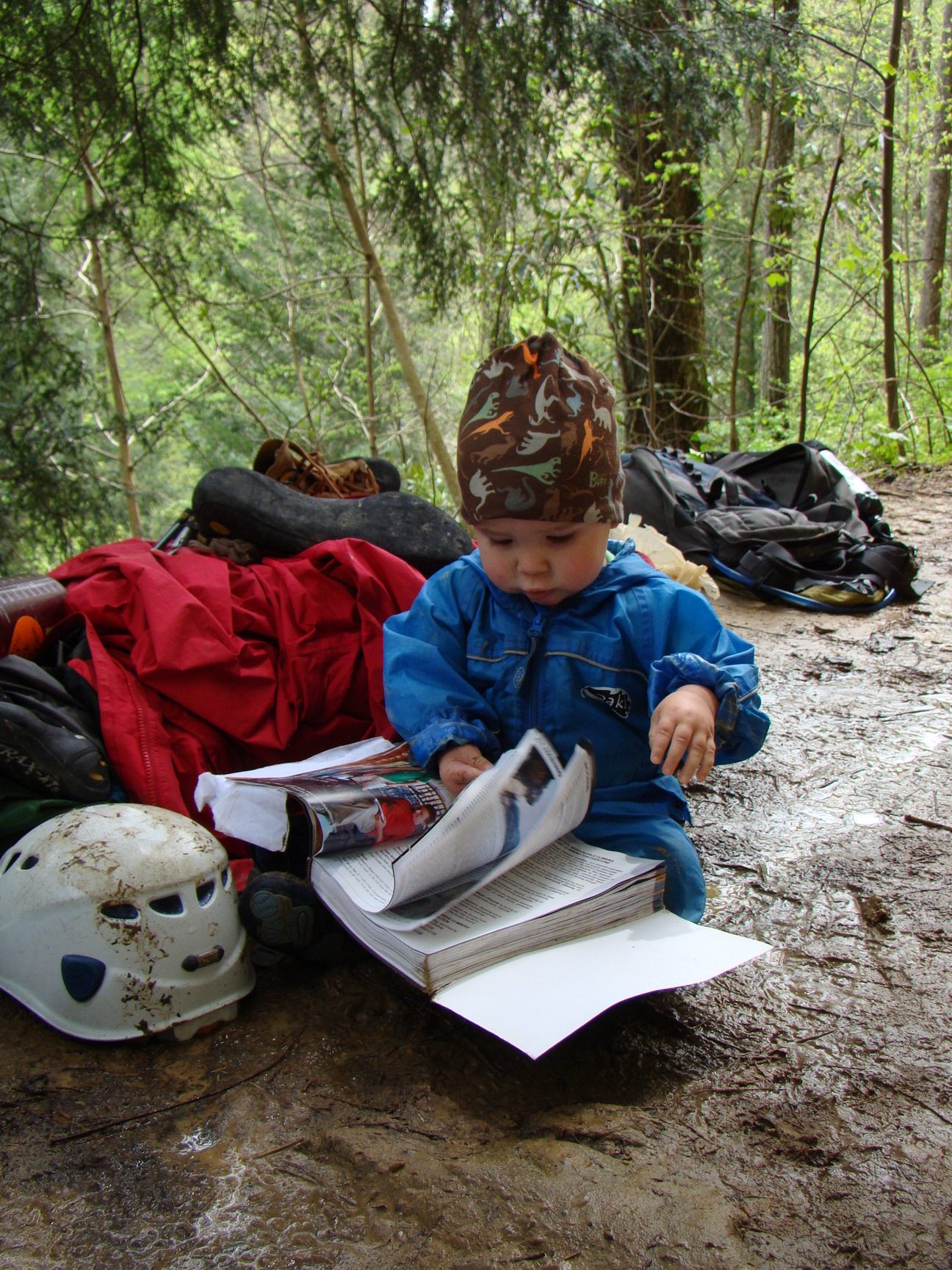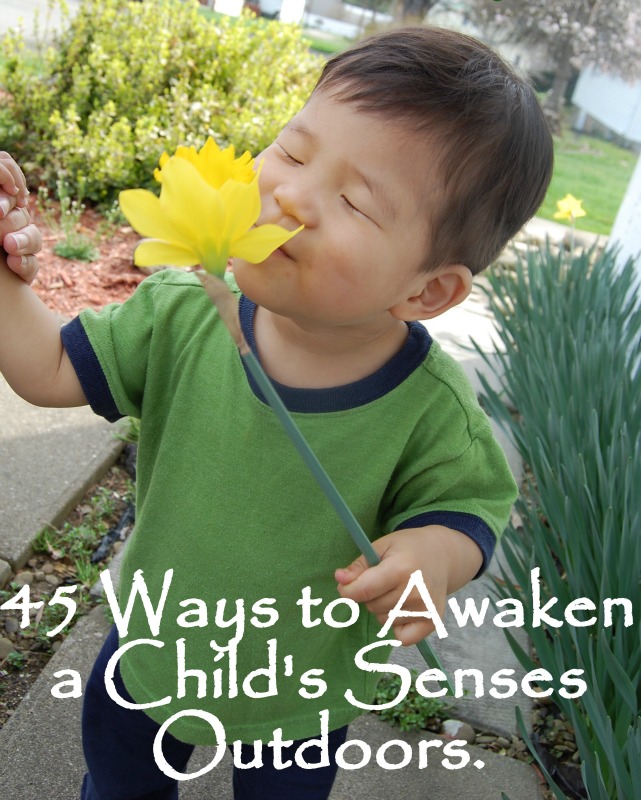Tips for Birding with Young Kids
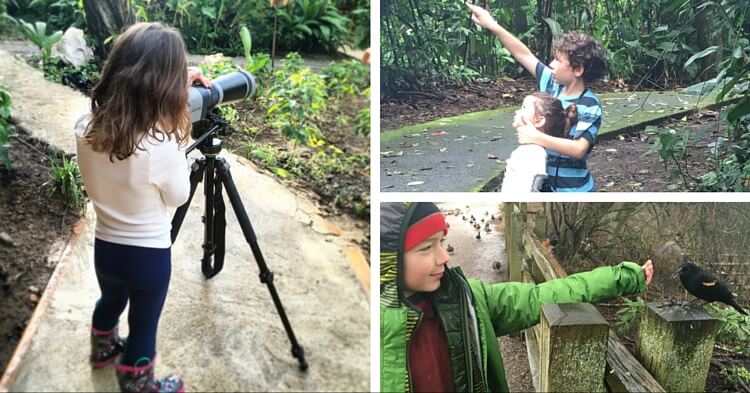
Children are born with a natural curiosity and a desire to interact with the world around them. Going bird watching, even with young toddlers and preschoolers, can be a great introduction to nature. Even in a suburban neighborhood, you can find plenty of opportunities to bird watch. Here are some tips that can help get you started, even with the youngest learners.
1. Go local
Teaching youngsters about birds doesn’t mean you have to thrill them with the brilliant feathers of a peacock or exotic beaks of a toucan. Start with the backyard basics – crow, robin, magpie, duck, goose, gull, pigeon. For us adults, it’s easy to overlook these birds as common (perhaps even pesky!), but for young kids they are a perfect first entrance into birding. Once your kid realizes they aren’t all called “birdie,” she will start to get curious about what other types of birds are out there.
2. Take a walk
Birding expeditions that involve quietly hiding behind a bush, binoculars focused on a rarely seen bird, are several years off. Toddlers have a tendency to run, yell, and be perfectly wild when they are outside, meaning a lot of birds will flutter away when your youngster joyfully runs by. Nevertheless, taking a walk is still a great way to go birding; you just have to get creative. Look for ducks swimming on the other side of the lake or robins perched in high in trees.
3. Use your ears
Even if you don’t “see” anything on your walks, you can still go birding by using your ears. You don’t need to be an expert to tell the difference between a pigeon’s “coo-coo” and a crow’s “caw-caw.” Ask your child what kind of sounds he hears and encourage him to move past “tweet-tweet.” With enough practice, it won’t be long before your 2-year-old stands up at dinner one night to proudly declare, “Peacocks say honk honk!” like mine once did. For the record, he’s not wrong, but I am pretty sure he meant geese.
4. Don’t be an expert
When I first started birding a few years ago, I could barely tell the difference between a sparrow and a finch. After many hours observing the bird feeder on our deck, several years later, I still can’t (at least not always!). Telling your child, “I don’t know what kind of bird that is, let’s find out!” is one of the best things you can say. Part of the fun of bird watching is the process of discovery and teaching your kid the joy of learning something is a lesson that will last a lifetime.
5. Get a field guide
Time is of the essence when you are dealing with a bird that can fly away at any moment and a toddler who might as well. When it comes to convenience, you can’t beat a birding app that lets you filter your search by location, time of year, size, and color of the bird. For your kid, look for a small laminated paper guide of birds that are common in your area at local bookstores or outdoor stores. It might become a favorite new toy. For two months this past fall my toddler would ask me to read him my Rocky Mountain Field Guide over breakfast every morning. It was a little odd, but it did combine the two things kids like most about books – pictures and a parent spending time with them.
6. Feed the birds
Some days, you just can’t make it outside. Maybe your little ones have fevers, it’s pouring rain, or you just can’t find a matching pair of shoes for anybody. Hanging a bird feeder outside a window will give your kids a chance to experience nature even when you are stuck indoors, and, as a bonus, give you a little one more time to look up the difference between a house finch and a Cassin’s finch.
7. Do a little bit everyday
Birding doesn’t have to be an all day event spending hours on the trail, keeping meticulous records on everything you see. Keep your eyes open on a walk to the playground, in the parking lot at the grocery store, playing in your backyard, gazing out the window while washing dishes, and you will start to find lots of opportunities to look for birds. Once you learn a few of the basic types of birds, you will be amazed at how many more you start to see. Finding wildlife in our everyday lives also teaches children that nature is not a far off concept but part of the world we all live in.
Pin it for Later
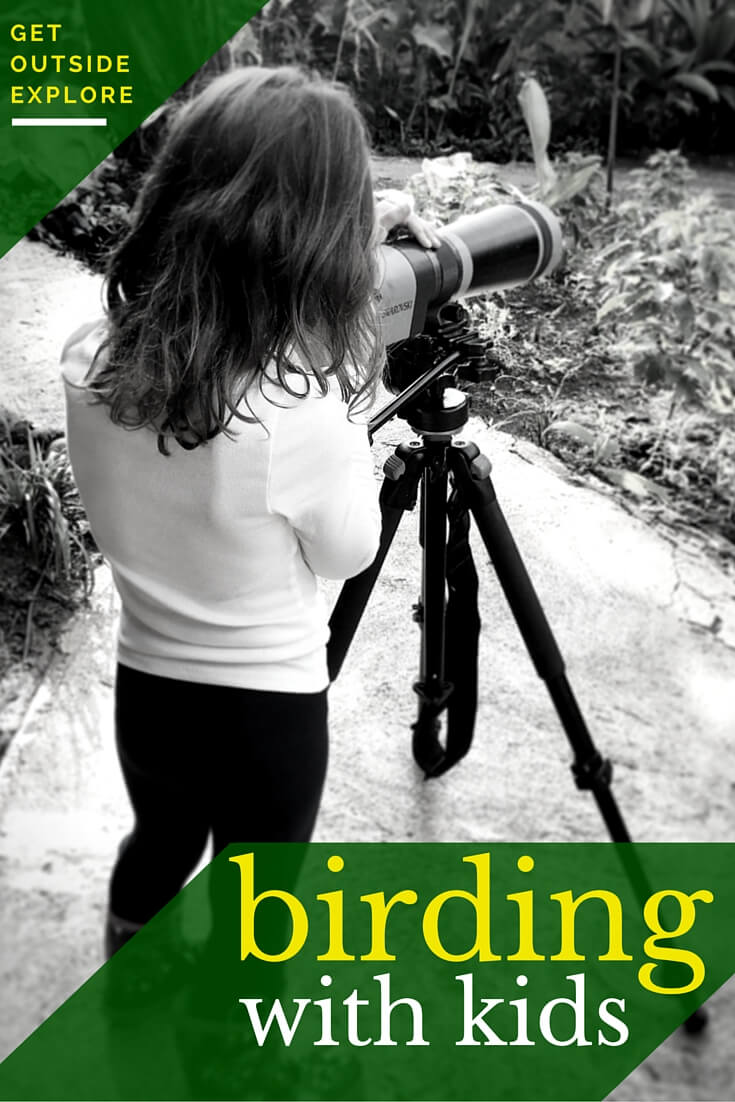
READ MORE IN THE BACKYARD
This post was written by Jackie Semmens exclusively for BonBon Break Media LLC.

